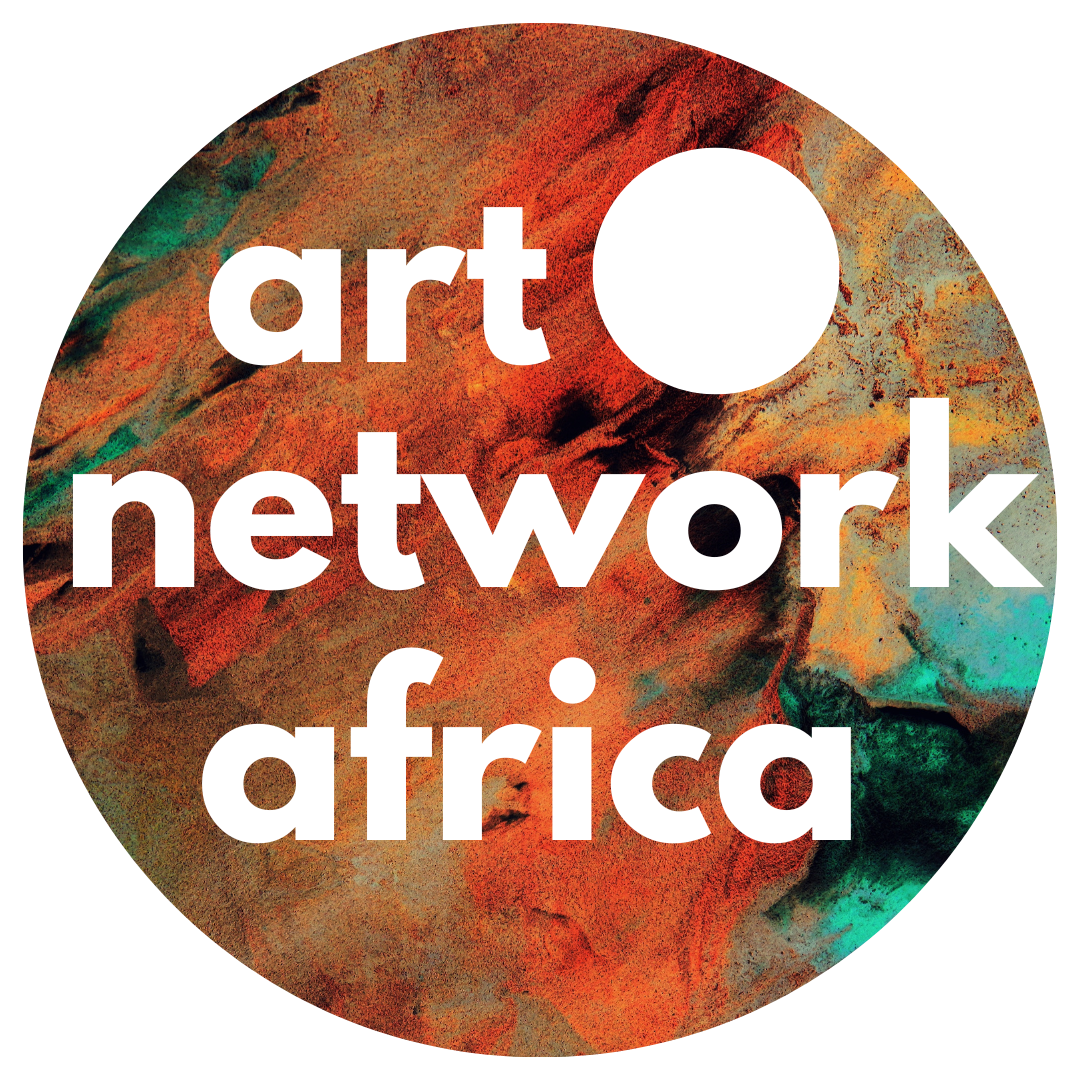It’s no secret that the African art industry has historically been a male-dominated space. But today, across the continent and beyond, women are making their presence known—not just as artists, but as curators, collectors, gallerists, and cultural entrepreneurs. They are not just part of the conversation; they are leading it.
All over the world, African women are shaping the way African art is created, exhibited, and collected. But their journeys are rarely smooth. Many have faced closed doors, skepticism, and the constant challenge of proving themselves in a space where their male counterparts were more easily accepted. And yet, they push forward, transforming obstacles into stepping stones.
Here, we celebrate some of these extraordinary women who are not just making waves but shifting entire tides in the African art world.
Tokini Peterside – Art collector/ Entrepreneur
When Tokini Peterside decided to launch an art fair in Lagos, many thought she was being too ambitious. After all, West Africa had no major international art fair at the time. The infrastructure, the market, and even the global attention weren’t quite there but Tokini Peterside saw potential where others saw obstacles.
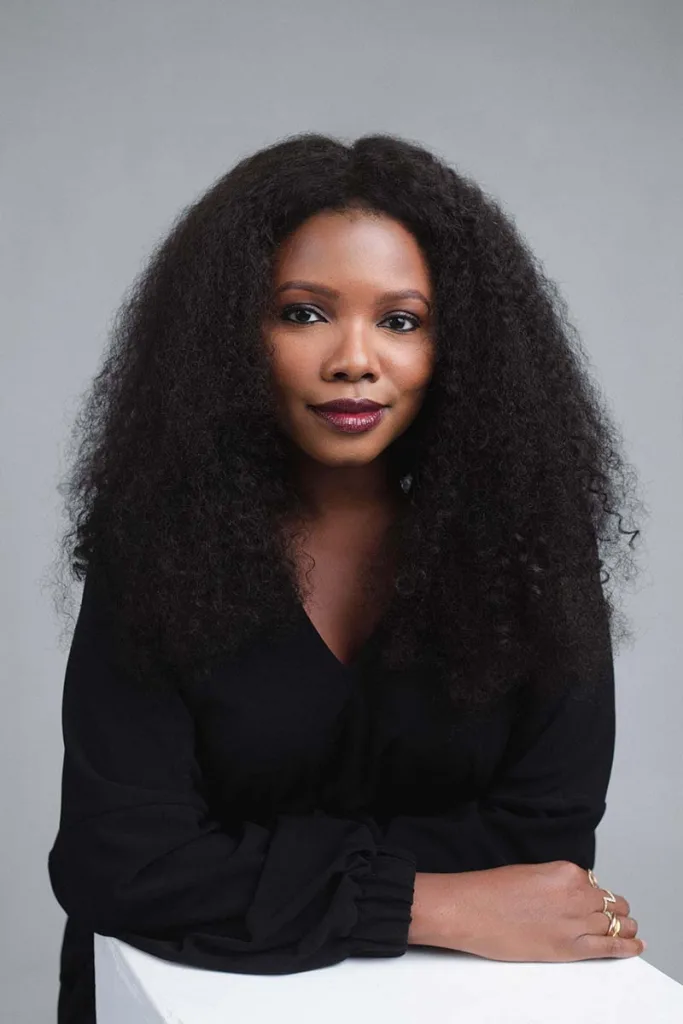
In 2016, she founded Art X Lagos and within just a few years, it became the most important art fair in West Africa. Today, ART X Lagos attracts collectors, curators, and art lovers from across the world, bringing African artists into the spotlight and directly connecting them with global buyers.
Njideka Akunyili Crosby – Artist
Njideka Akunyili Crosby’s work is deeply personal—intimate portraits of domestic life that merge Nigerian traditions with her experiences in the U.S. Raised in Nigeria as the daughter of the late Dora Akunyili, a celebrated reformist, Njideka grew up surrounded by strength and resilience. But moving to the U.S. as a teenager forced her to navigate complex questions about identity and belonging.
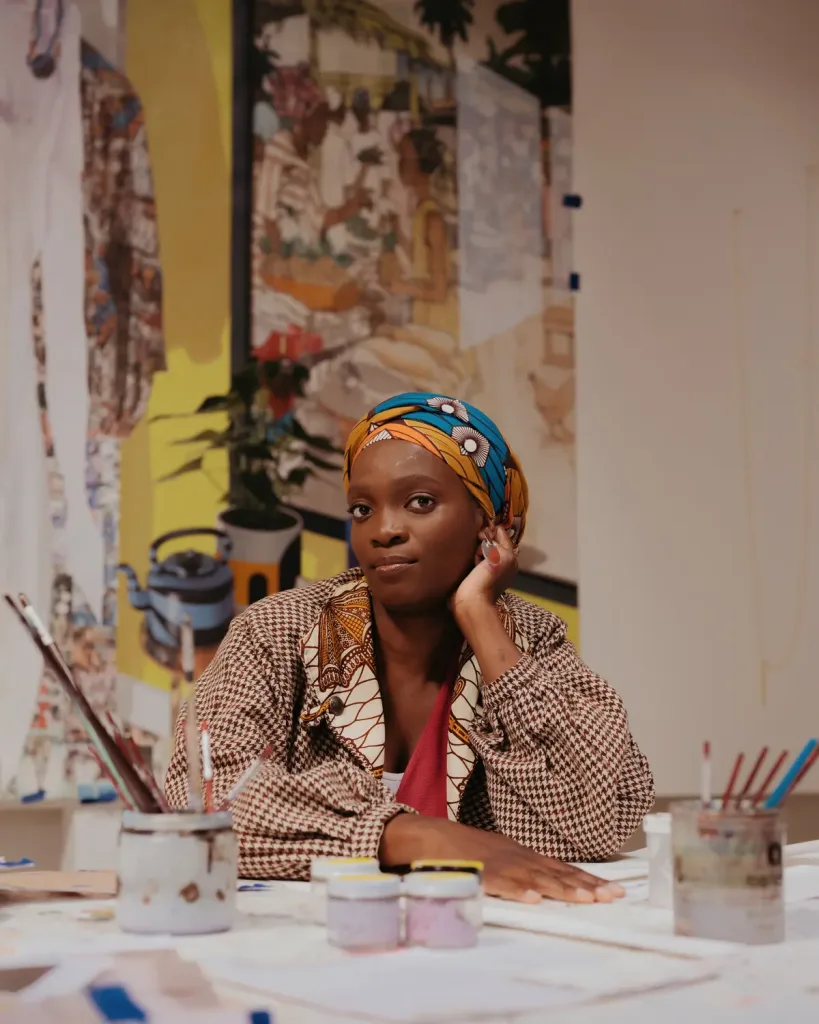
Her paintings, layered with photo transfers, textiles, and intricate details, tell stories of migration, cultural duality, and love. Today, her work is housed in institutions like the Whitney Museum and Tate Modern, and she holds the record for one of the highest auction sales for a living African artist.
Koyo Kouoh – Curator
Koyo Kouoh is a force to be reckoned with. In 2008, she founded RAW Material Company, a groundbreaking art space in Dakar that became a hub for contemporary African creativity. She didn’t just showcase art—she created a space for critical conversations about Africa’s place in the art world.
In 2019, she was appointed Executive Director and Chief Curator of Zeitz MOCAA in Cape Town, one of Africa’s most prestigious contemporary art museums. Taking over during a challenging time, she revitalized the institution, expanding its curatorial team and deepening its impact.
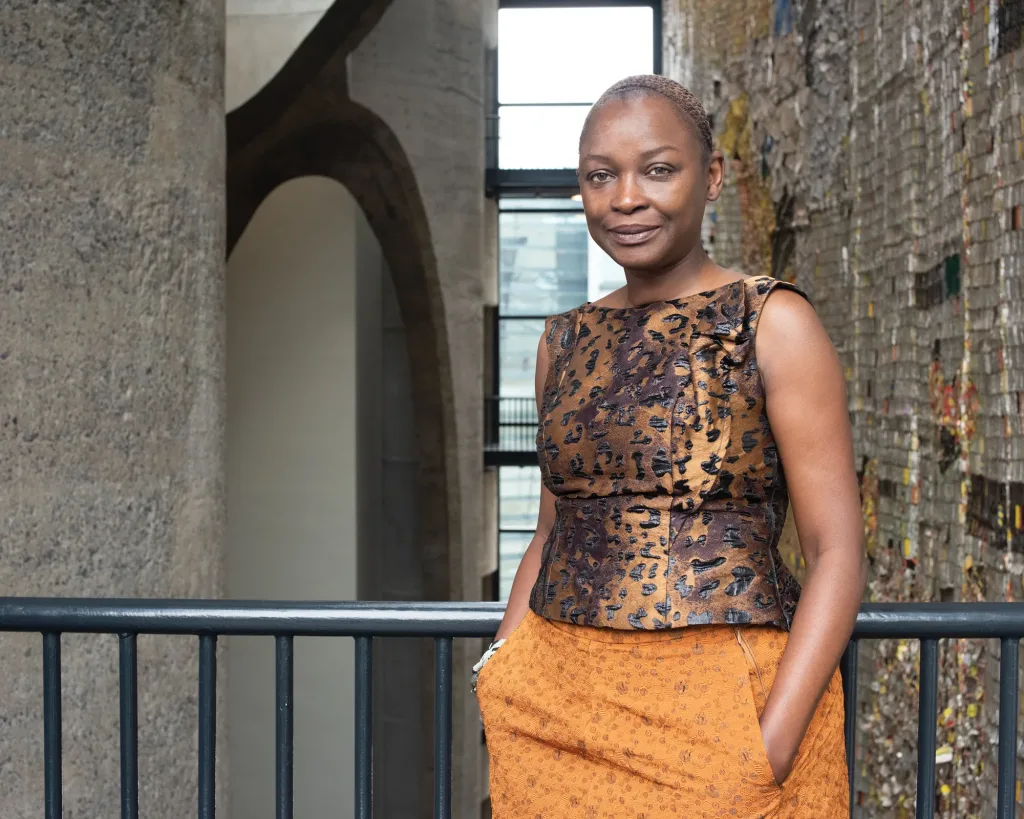
Then, in 2024, she made history—becoming the first African woman to curate the Venice Biennale. It was a long-overdue recognition, not just for Kouoh but for the entire African art scene. As the Executive Director and Chief Curator of Zeitz MOCAA, Africa’s largest contemporary art museum, she has transformed the institution into a hub for critical conversations about African identity and creativity.
Liza Essers – Gallery Owner
Liza Essers didn’t just inherit a gallery—she transformed it into a global powerhouse. When she took over Goodman Gallery in 2008, she was stepping into the legacy of one of South Africa’s most influential art spaces. Founded in 1966, the gallery had already been a hub for politically charged and socially engaged art during apartheid. But Essers had a bigger vision.
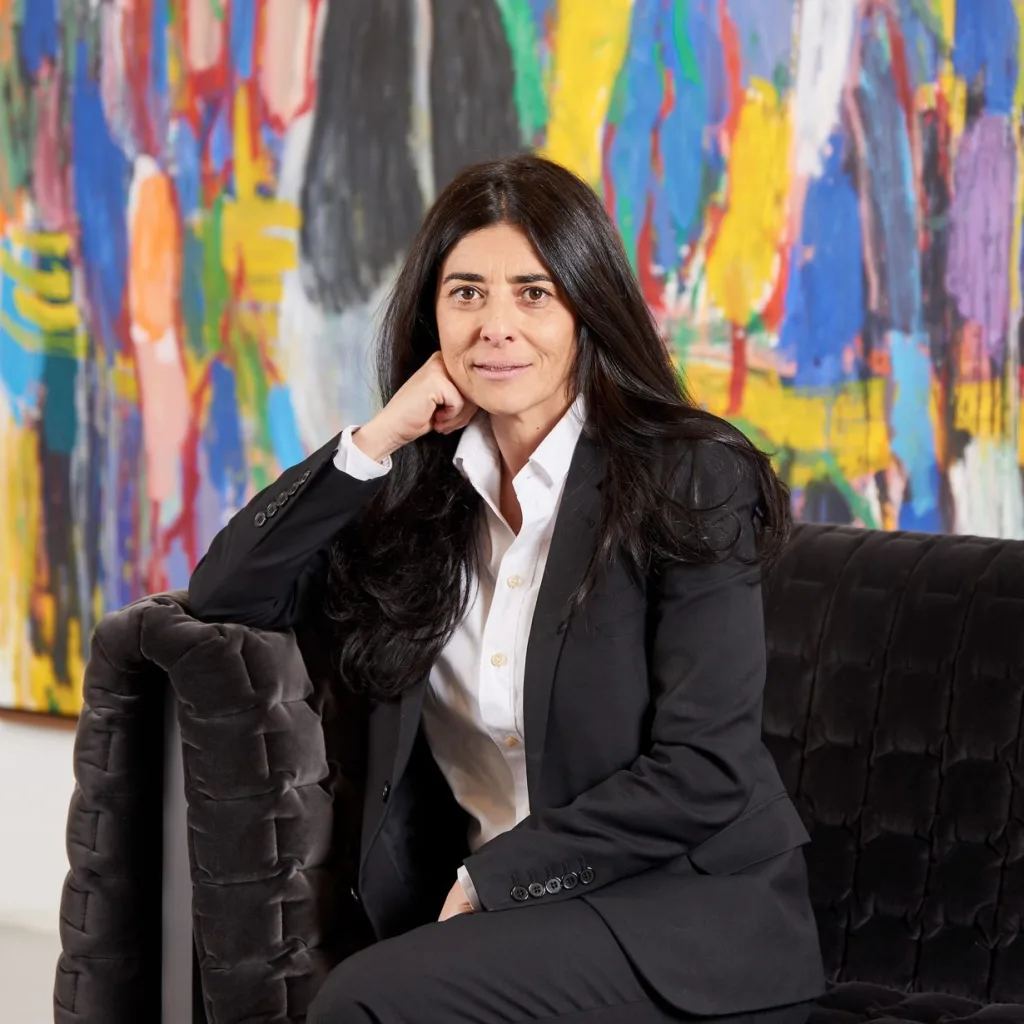
Under her leadership, the gallery expanded beyond Johannesburg to Cape Town, London, and even New York. Her mission was clear: to create a space where African and diaspora artists could thrive, not just as regional voices but as major players on the global art scene. She has championed bold, politically charged exhibitions, standing firm against censorship and controversy. She has brought artists like William Kentridge, Kudzanai Chiurai, and Shirin Neshat to global audiences while also giving emerging African talents a platform to shine.
Zanele Muholi – Artist
Zanele Muholi doesn’t just take photos, they wage a visual revolution. A self-described “visual activist,” their work challenges the erasure of Black LGBTQ+ identities in South Africa. “I photograph to make sure we exist in history,” they once said. Their hauntingly beautiful black-and-white portraits have graced global institutions like the Tate Modern and the Venice Biennale, forcing the world to witness what was once ignored.
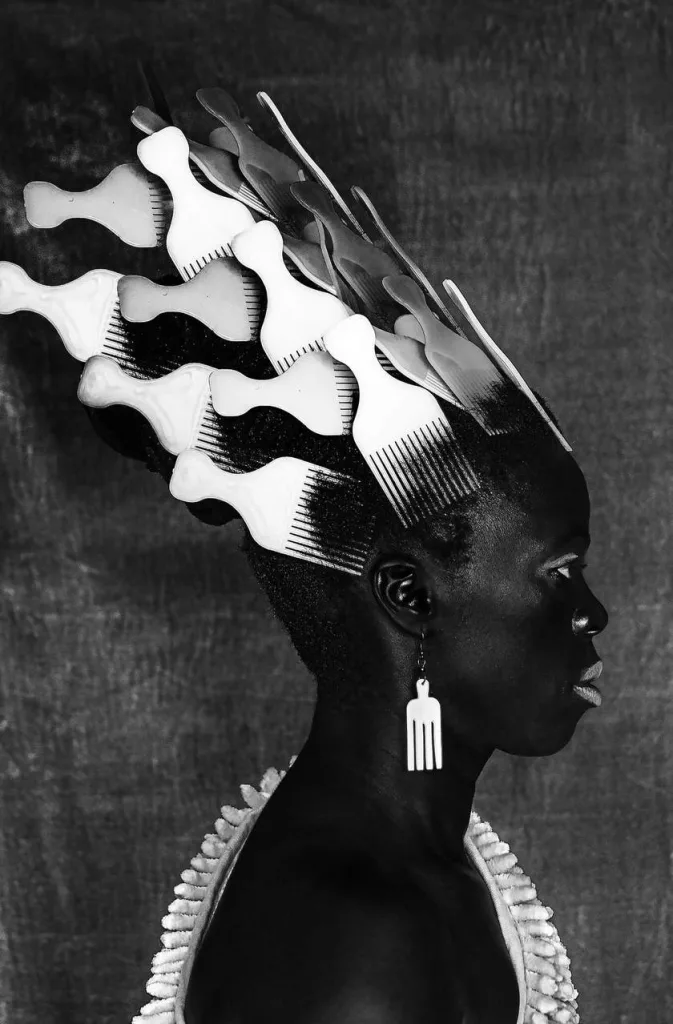
Julie Mehretu – Artist/ Collector
Julie Mehretu has built a career on turning chaos into art. Her massive, multi-layered paintings fuse architecture, history, and movement, creating abstract landscapes that feel alive. Her talent and vision have earned her international acclaim. She has exhibited at the world’s top museums, from the Whitney Museum to Tate and in 2019, she became the youngest artist to have a full-scale retrospective at the Los Angeles County Museum of Art and the Whitney Museum in New York. Her work has also broken records—one of her paintings sold for nearly $10 million, making her one of the most expensive living African artists.
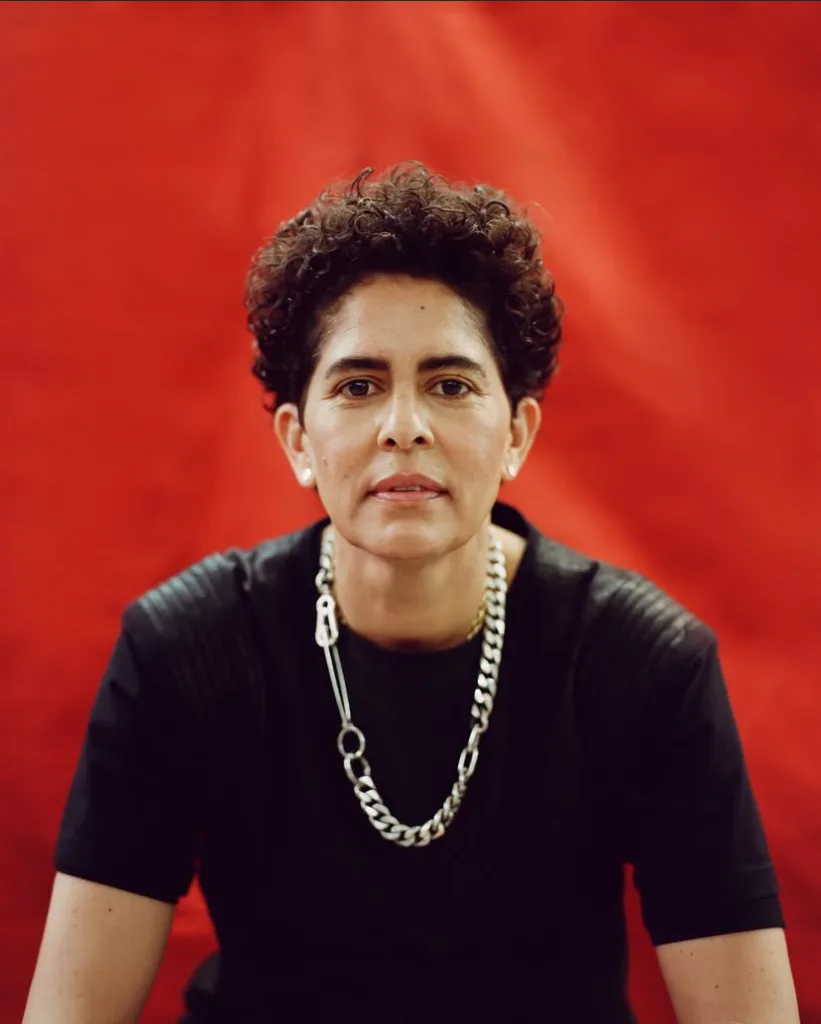
In 2024, Mehretu’s influence extended beyond traditional canvases—she was chosen to design the BMW Art Car, the first woman to do so. Her signature abstract markings transformed a race car into a masterpiece, proving that her art isn’t confined to gallery walls.
Thandi Sibisi – Gallery Owner
Ithandile Sibisi is a South African dealer and the founder of the Sibisi Gallery which she established in 2012, at the young age of 25. Sibisi gallery became a space where contemporary African artists could showcase their work on their own terms, without being filtered through a Western lens. She saw art as more than decoration, it was a way to preserve history, spark conversations, and challenge outdated narratives about Africa.
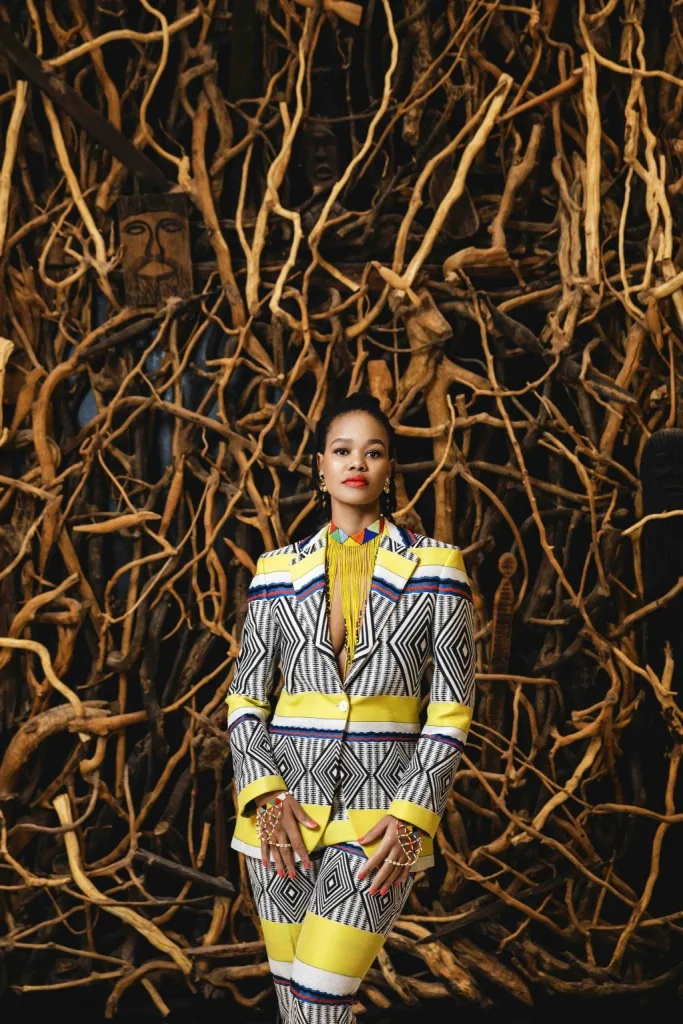
Her journey wasn’t easy. The South African art industry was (and still is) dominated by a select few, and breaking into it as a young Black woman took resilience. But Sibisi didn’t back down. She pushed forward, championing artists who might have otherwise been overlooked.
Today, she’s more than just a gallery owner—she’s a cultural force, using her platform to amplify African voices in art. And while she may have been the first to do it, she’s making sure she won’t be the last.
Wangechi Mutu – Artist
Born in Nairobi, Kenya, Wangechi Mutu grew up surrounded by stories, from traditional folklore to the shifting social and political landscapes of the time. Her art is a fusion of everything, from painting to sculpture, collage and even film. She pieces together fragmented images, blending the organic with the surreal, the human with the mythical. Her work speaks of power, identity, gender, and the scars of colonialism. Whether it’s through her mesmerizing collages of futuristic African women or her haunting bronze sculptures that seem to rise from the earth itself, she forces the viewer to question how beauty, culture, and history are shaped.
Over the years, her work has traveled the world, from the walls of major museums to the gardens of the Metropolitan Museum of Art, where her shimmering bronze sculptures stood as powerful symbols of Africa reclaiming its space in global narratives. Through it all, Wangechi Mutu remains deeply connected to her roots, splitting her time between Nairobi and New York, always carrying the stories of her homeland with her.
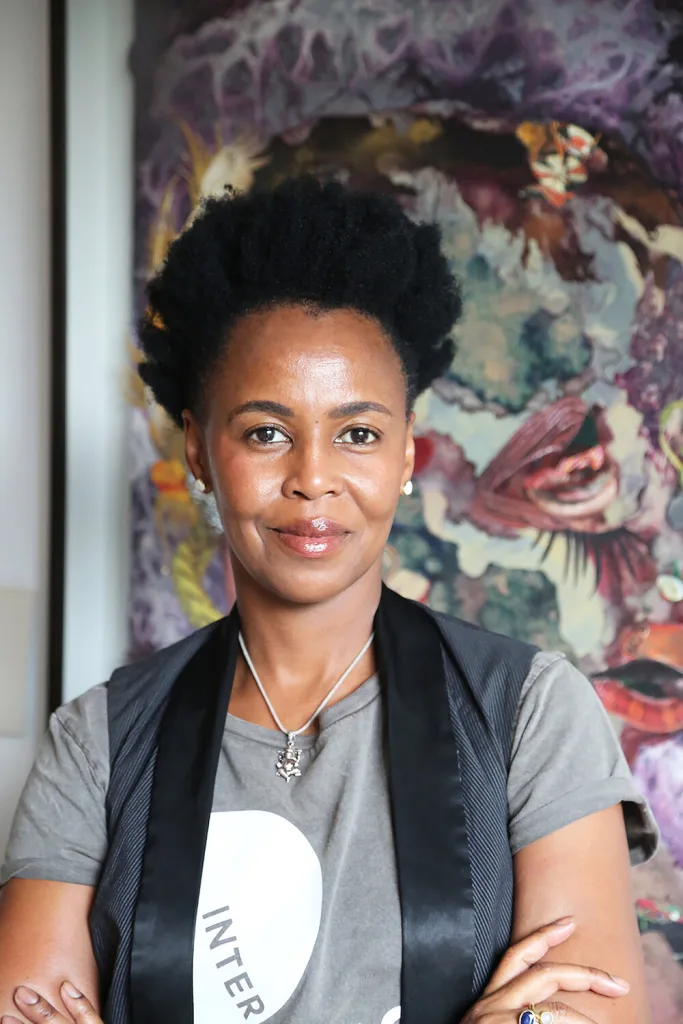
This year’s International Women’s Day theme, “Accelerate Action,” couldn’t be more fitting for the incredible women shaping African art. They aren’t waiting for permission or validation—they are making things happen, pushing boundaries, and redefining what’s possible in the art world but for every name mentioned, there are so many more—women across Africa and the diaspora who are transforming galleries, breaking auction records, mentoring young artists, and carving out spaces where African art thrives. Some work in the spotlight, while others build behind the scenes, but every single one of them is part of this movement.
As we celebrate International Women’s Day 2025, we honor them all. Their creativity, resilience, and leadership are shaping the future of African art. And with each bold stroke, each curated exhibition, and each collected masterpiece, they are accelerating action—not just for themselves, but for generations to come.
